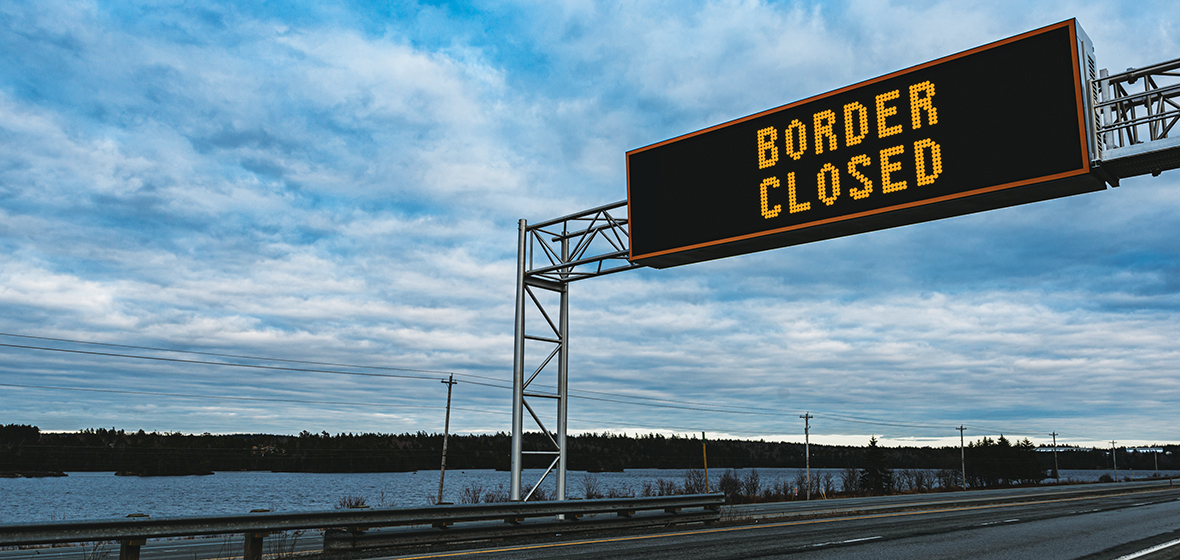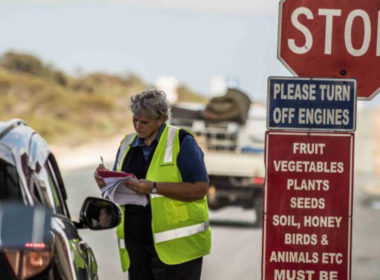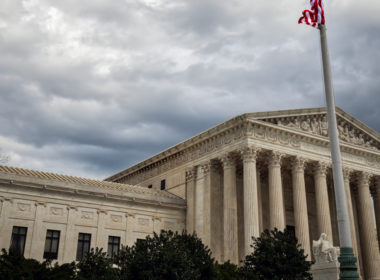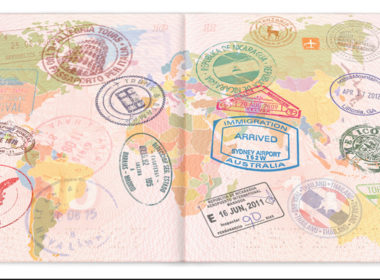Snapshot
- The High Court has unanimously confirmed that the Western Australian border closure did not infringe s 92 of the Constitution.
- Both the ‘interstate trade and commerce’ and ‘interstate intercourse’ limbs of s 92 are to be assessed according to the same test.
- Division remains over how prima facie differential burdens are justified: ‘structured proportionality’ or ‘reasonable necessity’?
When 9th Century Baghdad-based polymath al-Khwārizmī established his method for performing complex calculations for unknown quantities, he drew on medical terminology to describe his new method. He called it ‘al-jabr’ (now known as ‘algebra’), which in a surgical sense means ‘the setting of broken bones’, but more generally may be translated as ‘the reunion of broken parts’. It is ‘the reunion of broken parts’ of s 92 of the Constitution which the High Court performed in Palmer v Western Australia [2021] HCA 5.
The facts
Section 56 of the Emergency Management Act 2005 (WA) (‘EM Act’) empowered the Minister to declare a state of emergency as to the whole or any area or areas of Western Australia (‘WA’). The EM Act imposed certain preconditions on the making of such a declaration, and limited a declaration’s duration, although it could be extended on a rolling 14-day basis. It also empowered the making of subordinate directions, including directions to prohibit movement to and from a declared emergency area.
On 11 March 2020, the World Health Organization declared COVID-19 a pandemic. On 15 March 2020, the Minister declared a state of emergency under the EM Act applying to the whole of WA, taking effect the following day. The State Emergency Coordinator (Commissioner of Police) issued the Quarantine (Closing the Border) Directions (WA) (‘Directions’), taking effect on 5 April 2020. The effect of the Directions was to close the WA border to all persons from any place, save persons subject to an exemption (such as officials, security and health workers, and persons granted exemption on compassionate grounds).
Queensland resident, Clive Palmer, who regularly travelled to and from WA for business purposes, applied for and was refused an exemption under the Directions. Palmer and Mineralogy Pty Ltd, of which Palmer is chairman and managing director, challenged the constitutional validity of the EM Act and/or the Directions on the basis that they infringed s 92 of the Constitution, which provides, relevantly: ‘trade, commerce and intercourse among the States … shall be absolutely free’.
The plaintiffs contended that the EM Act and/or the Directions infringed s 92 both as regards interstate intercourse (i.e. movement of persons across the border) and as regards interstate trade and commerce.
The decision
The Court (Kiefel CJ and Keane J in joint reasons; Gageler, Gordon and Edelman JJ each delivering separate judgments) unanimously held that the EM Act complied with s 92. Following Wootton v Queensland (2012) 246 CLR 1, an Act may be challenged directly for non-compliance with the Constitution, whereas a subordinate instrument such as a regulation or direction may only be challenged indirectly, on the basis that, once its enabling Act is properly construed to be compliant with the Constitution, the subordinate instrument is not validly authorised by that enabling Act. Since it was not pleaded that the Directions were not validly authorised by the EM Act, and once it was established that the EM Act complied with s 92, no question could arise as to whether the Directions were, indirectly, non-compliant with s 92. (This evidently caused some confusion in how the case was pleaded, as the Plaintiffs addressed their submissions to the alleged constitutional invalidity of the Directions as such.)




